A Guide to Having a Colonoscopy

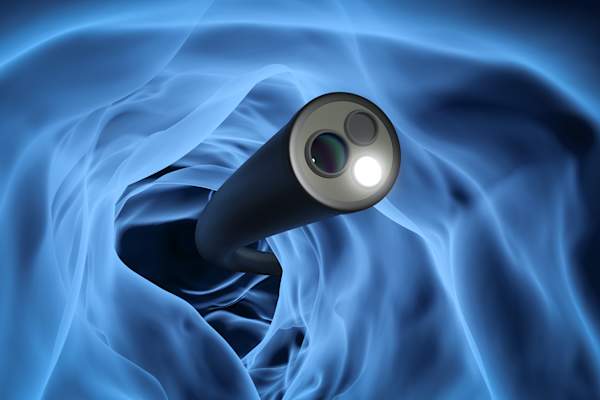
Let’s be honest: No one looks forward to getting a colonoscopy. From the dreaded bowel prep to the procedure itself, the whole process can honestly be kind of unpleasant. But it’s critically important that you don’t avoid this screening test. Colorectal cancer is the second leading cause of cancer deaths in the U.S., according to the National Cancer Institute (NCI), and research overwhelmingly shows that colonoscopy can prevent those deaths. Here’s what to expect—and how to get through it.
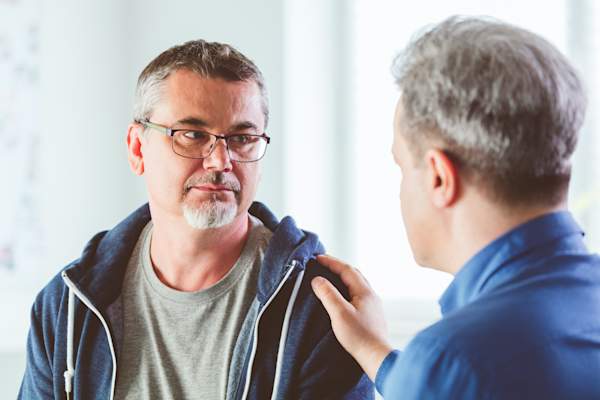
Who Should Be Screened?
The American Cancer Society and the U.S. Preventive Services Task Force have lowered the recommended starting age for colonoscopy to 45 for those at average risk. Yes, there are seemingly easier at-home tests you can do if you can tolerate handling your own stool, but a colonoscopy is the gold standard. “Stool tests can produce false positives, which can lead to high anxiety,” says Jeffery Nelson, M.D., surgical director of the Center for Inflammatory Bowel and Colorectal Diseases at Mercy Medical Center in Baltimore. Then you’ll need a colonoscopy anyway to find out what’s going on.
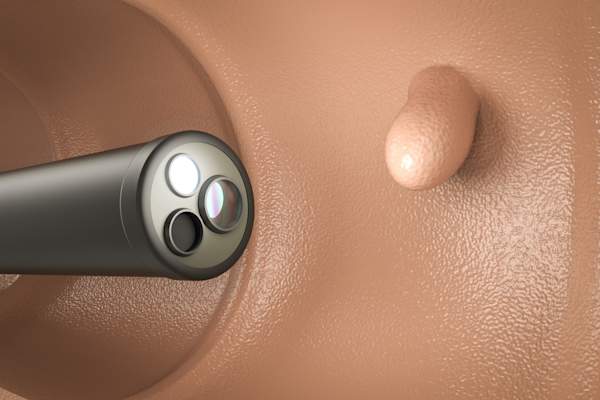
结肠镜检查是什么,到底是什么?
A colonoscopy is a visual exam to detect changes or abnormalities in the colon and rectum. “All colon cancer starts as polyps, which are small overgrowths of tissue that can turn to cancer,” says David Rivadeneira, M.D., director of colorectal surgery at Huntington Hospital and professor of surgery at Hofstra University Northwell Health School of Medicine, both on Long Island, NY. If your doctor finds polyps, they can be removed right then and there. That’s another reason why a colonoscopy is the preferred screening method—it prevents cancer, too.
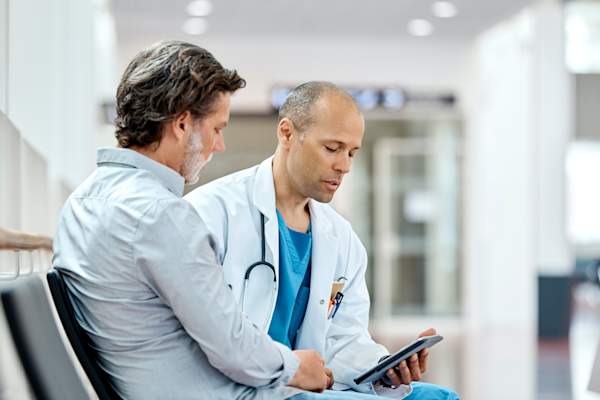
Follow Your Doctor’s Instructions Carefully
The key to a successful colonoscopy is also usually the hardest part for patients: thoroughly cleaning your bowel so your doc can view your colon clearly. “The most common mistake is not taking time to understand the instructions on when to avoid food and how to drink the bowel preparation,” says Samir Gupta, M.D., a gastroenterologist with Moores Cancer Center at University of California San Diego Health. “A bad prep can prevent the doctor from seeing something important and can lead to having a repeat procedure,” he says. Trust us: You don’t want a do-over.
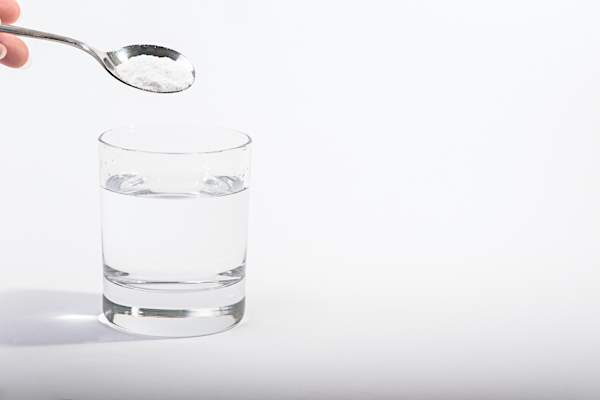
The Prep, Step 1
There are two parts to prepping: cleansing your digestive system and following a clear liquid diet. Bowel cleansers can be in liquid, powder, and pill form. One of the most common is polyethylene glycol (MiraLAX is one brand), which comes as a liquid or as a powder you mix with a clear beverage. Pills might seem more appealing, but they’re pretty large, and you need to take 20 to 30 of them. Some prep formulas require a prescription; others are over-the-counter. Keep in mind that insurance companies can be restrictive about what preps they cover.
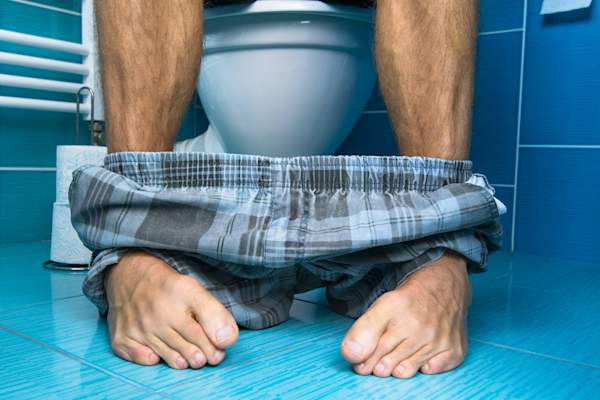
Tips for Bowel Prep
Your doctor will likely prescribe a split dose: You take the first half the afternoon or evening prior to your colonoscopy and the rest about five hours before. To help the solution go down, chill it and use a straw to deposit it toward the back of your mouth, Dr. Rivadeneira suggests. (Most of your taste buds are on the front of your tongue.) Important: Stay pretty close to your bathroom. “People don’t like this part, but it’s a fairly minor thing to get through to avoid cancer,” Dr. Rivadeneira points out.

The Prep, Step 2
The day before your colonoscopy, you’ll need to follow a diet of clear, liquid foods. That includes clear broth; fruit juice (no pulp); sports drinks and carbonated beverages; tea and coffee (no milk or cream); gelatin; and plain ice pops or fruit ices (without fruit pieces or cream). Sorry: Though it is indeed a clear liquid, your evening chardonnay is not okay! Alcohol dehydrates you. It’s also important to avoid food coloring or dyes, especially red and purple, which can look like blood during the colonoscopy.
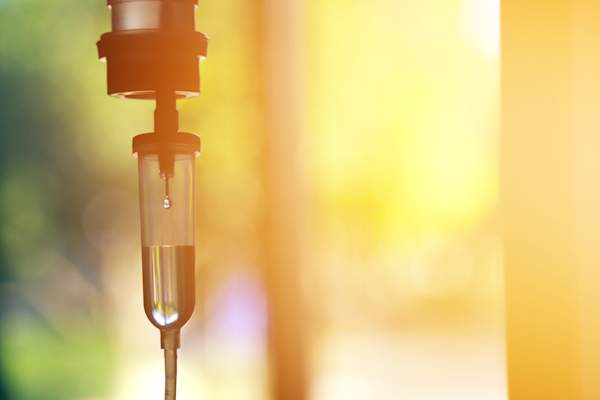
The Day of Your Colonoscopy
“You’ll know you’re ready for your procedure when you have multiple bowel movements that are liquid and fairly clear—either light yellow or light brown—and no solid stool,” Dr. Rivadeneira says. When you arrive at the surgical center or doctor’s office (typically a few hours before the test is scheduled), a nurse or technician will start an IV for fluids and medications. IV sedation is very safe. You’ll be breathing on your own, you won’t experience pain or discomfort, and—upside!—you probably won’t even remember what went on.
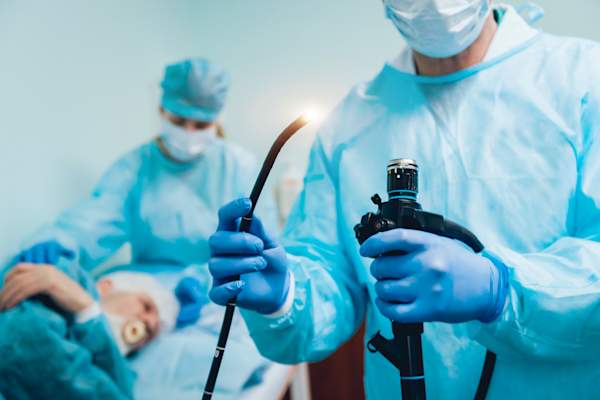
The Colonoscopy Procedure
毕竟之前,结肠镜检查本身达克es only 10 to 15 minutes! Once sedated, you’ll lie on your side and your physician will insert a scope (about the size of your finger) with a small camera into your anus. She’ll put air and water or saline in your colon to inflate it and make it easier to see clearly. Then she’ll advance the scope to the beginning of your colon (the cecum), and slowly withdraw it, examining all the nooks and crannies along the colon wall on a computer screen, looking for polyps or abnormalities.

What Else to Expect
If you have polyps, your physician will likely remove them during the colonoscopy and send them to a lab where a pathologist will check for signs of cancer. (Most polyps are harmless). The doctor may also do a biopsy—removal of a sample of tissue for testing—if there’s a suspicious area larger than a polyp, Dr. Gupta says. After the procedure, you may experience some bloating or cramping, which is normal. Arrange to have someone drive you home afterward, because you’ll be groggy from sedation.
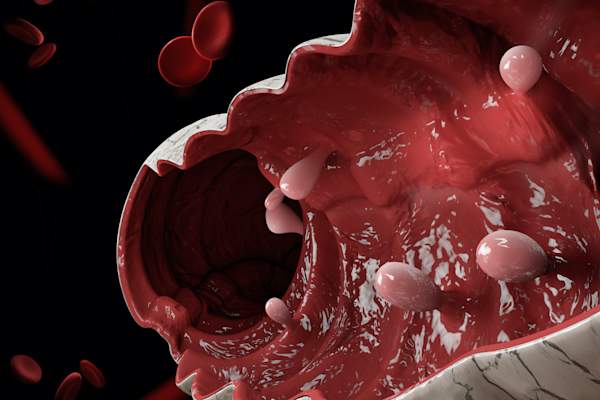
Risks of Colonoscopy
A colonoscopy is safe for the vast majority of patients, but it is invasive, so there are some risks. The biggest potential complication is a perforation of the colon wall—in other words, a hole poked through the colon. Fortunately, perforations occur in less than 1% of procedures. Removing polyps or taking a biopsy of abnormal tissue may cause some bleeding, but this is also uncommon, according to Dr. Rivadeneira. The risk of infection is very low, as well.
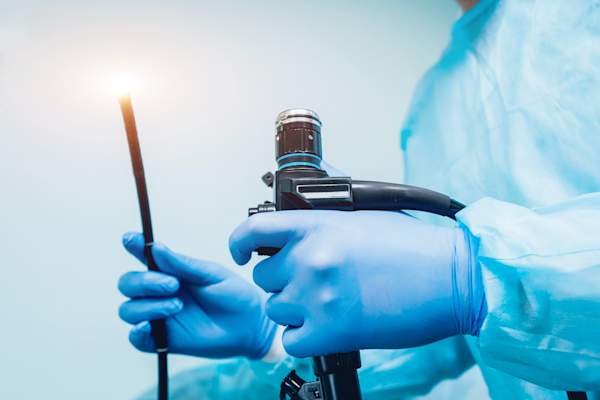
Don’t Wait if You Have Symptoms
Screening guidelines are just that—guidelines. You know your body. If you have symptoms, such as rectal bleeding, blood in your stool, or a change in your bowel habits, don’t wait until your scheduled screening. Your symptoms are probably not due to cancer, but it’s best to find out for sure, so see your doctor promptly. If you do have cancer, finding it early increases the likelihood you can treat it successfully.
- Colon Cancer Statistics:National Cancer Institute. (2020). “Cancer Stat Facts: Colorectal Cancer.”seer.cancer.gov/statfacts/html/colorect.html
- Colonoscopy Effectiveness:New England Journal of Medicine. (2012). “Colonoscopic Polypectomy and Long-Term Prevention of Colorectal-Cancer Deaths.”pubmed.ncbi.nlm.nih.gov/22356322/
- Importance of Bowel Prep:American Society for Gastrointestinal Endoscopy. (2011). “Polyp Miss Rates High for Colonoscopies Done After Poor Bowel Preparation.”sciencedaily.com/releases/2011/06/110613162234.htm
- Colonoscopy Risks:World Journal of Gastroenterology. (2010.) “Colonoscopic Perforation: Incidence, Risk Factors, Management and Outcome.”ncbi.nlm.nih.gov/pmc/articles/PMC2811793/
